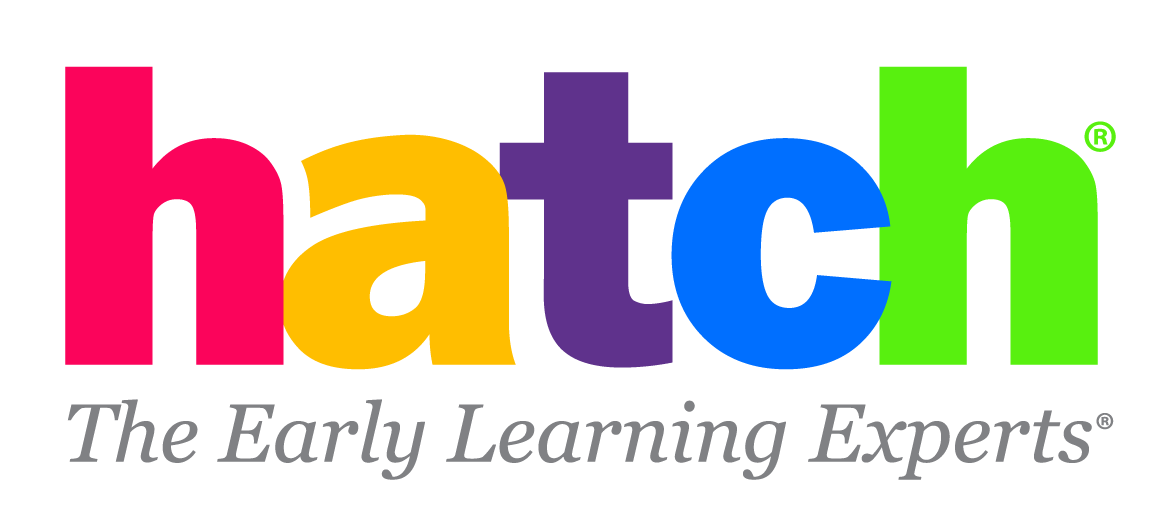In the commercial world, data capture, storage and analysis are the backbones of innovation and optimization. Knowing this, why are educational organizations slow to adopt strategies to leverage data? Educators and their organizations have some data (graded papers, exam metrics, and pass/fail tests), but the insights are limited. While corporations are able to track changes over time and make future predictions, most early education programs are stuck with vertical reporting, which only shows the here-and-now.
What’s the difference?
- Vertical reporting is limited to one point in time without connecting information that came before or after. With this reporting method, educators can only see that a student is currently struggling and implement reactive interventions.
Example: The teacher evaluates a child’s performance with a traditional percentile structure and compares it to the scores of other students in the class. This data is structured vertically with all students listed on the left and individual numeric scores in a column on the right. - Longitudinal reporting is a system that collects data linked over time. This makes it possible to track behavior patterns, flag early indicators, and implement proactive supports to keep learners on track before they fall behind.
Example: The teacher evaluates a child’s performance with a focus on growth and mastery by comparing their scores since the concept was introduced. This data is structured horizontally, showing a single student’s progress over time.
Why does longitudinal reporting matter?
Underperforming students fall behind one day at a time. The earlier that these behavioral and cognitive trends are tracked and realized, the sooner an at-risk student can receive the support and intervention that they need to succeed.
Preschool, kindergarten and other early education classrooms can provide valuable information about the skills that students enter school with and their earliest behavior patterns. Longitudinal reporting tracks and links data over time, so effective reporting should have the longest range possible. Data-driven education technology impacts immediate classroom decisions as well as future achievement.
How does longitudinal reporting with technology work in early learning classrooms?
Holistic longitudinal reporting only works when education technology seamlessly fits into the learning environment. The teacher platform should be user-friendly and include actionable and intuitive reports. Teacher time should be spent shaping lessons to meet student needs, not entering and manipulating data.
This is exactly why data and reporting tools are a fundamental component of Hatch® hardware and software. The progress monitoring that is possible with technology can provide individualized instruction informed by a more complete picture of a child's development. iStartSmart by Hatch is just one example. The adaptive software builds critical kindergarten skills by scaffolding the instruction and ensuring a child achieves the competency before moving on to more challenging activities.
Seamless data capture and exchange is best accomplished when it’s put directly into children’s hands. The WePlaySmart® multi-touch table automatically captures audio and video of children interacting. This evidence can provide valuable insights into a child's cognitive development and social-emotional growth. Teachers and parents get access to a variety of data points during the technology center's cooperative and collaborative play:
- Attendance and how much time students spend on the activity
- Who students collaborate with and how they perform in different groups
- Development of core math and literacy skills over time
- Turn-taking and problem-solving abilities
By implementing education technology that easily collects, filters and stores data over time, parents and educators gain a deeper understanding and long-term view of a child’s unique skills and challenges. Hatch classroom technology can provide a clearer picture of what a child knows, how they got there and where they're headed.
Want to learn more about how real-time progress monitoring data in iStartSmart can help improve child outcomes? Check out our efficacy study that asks, "Can technology help more kids graduate?"

